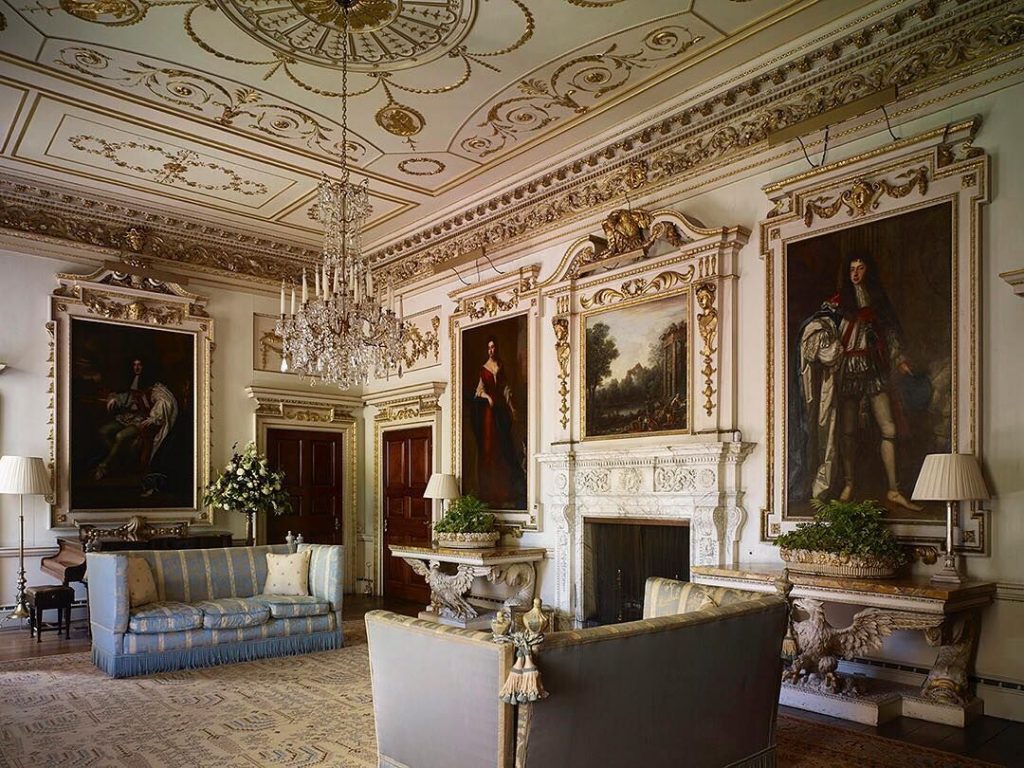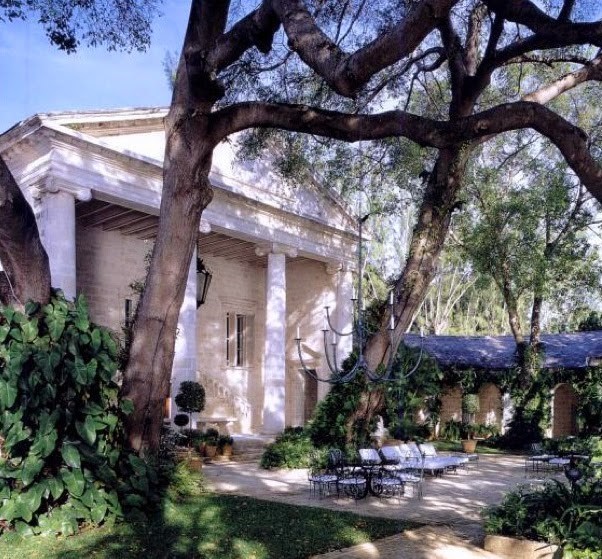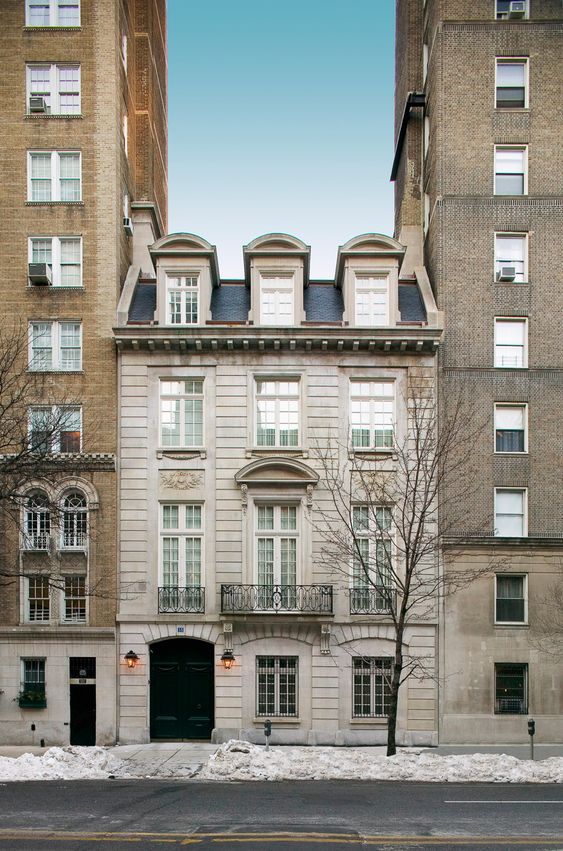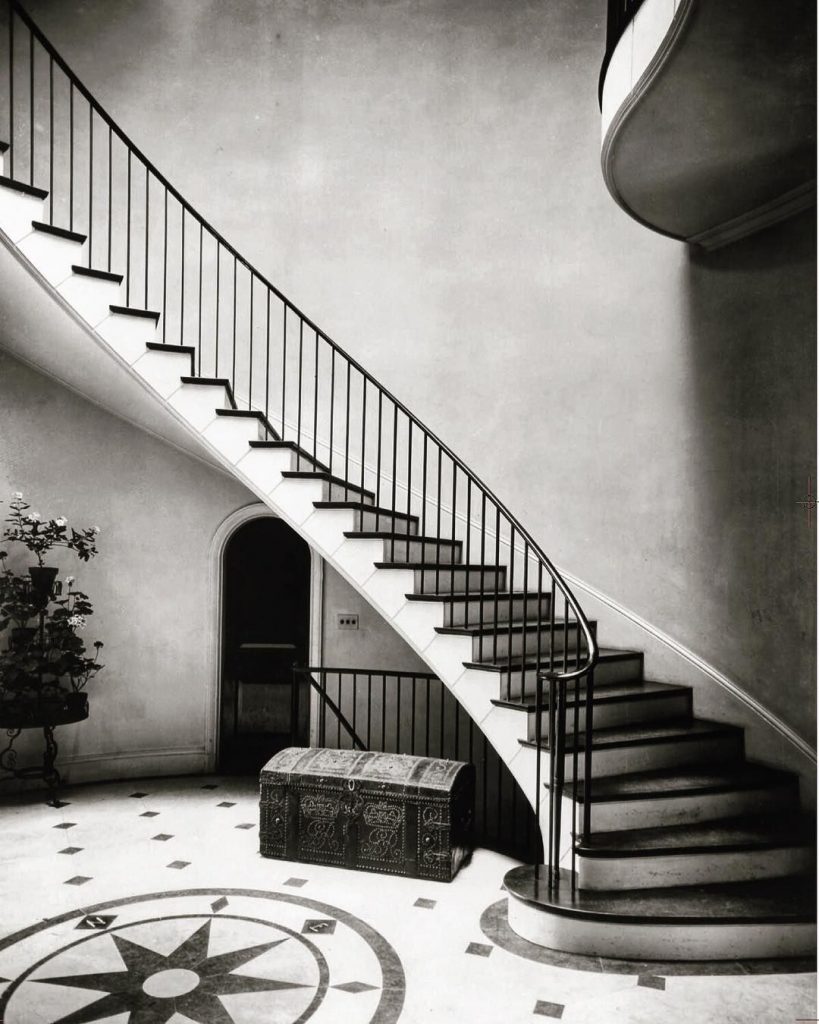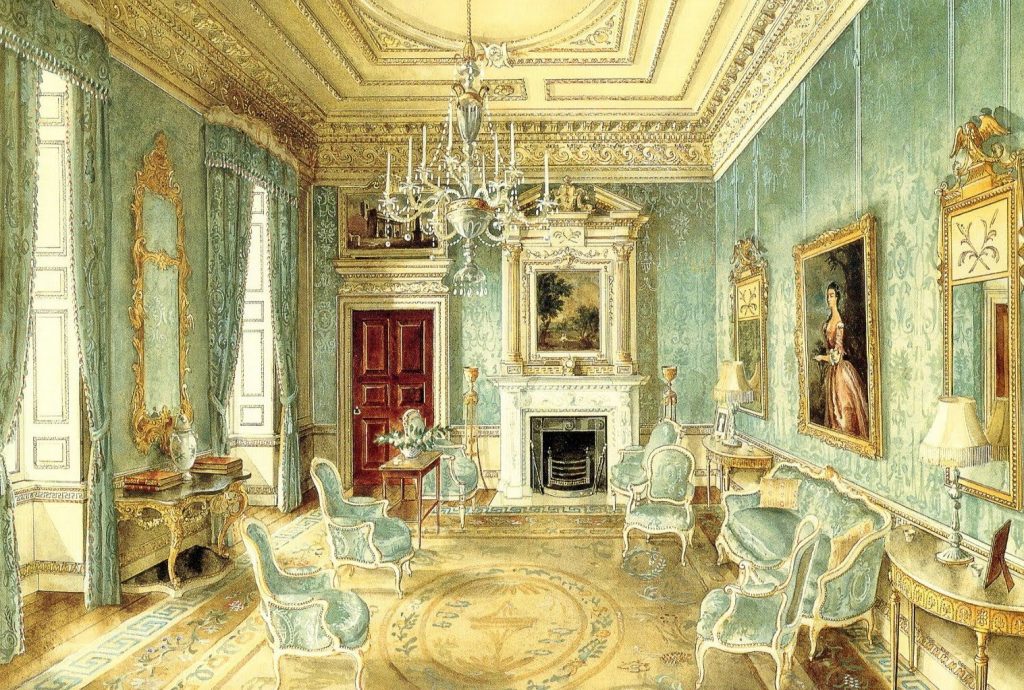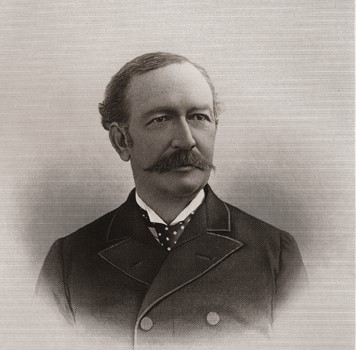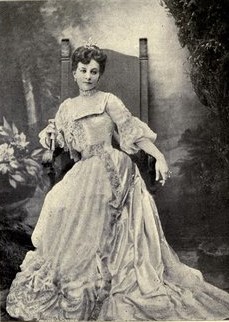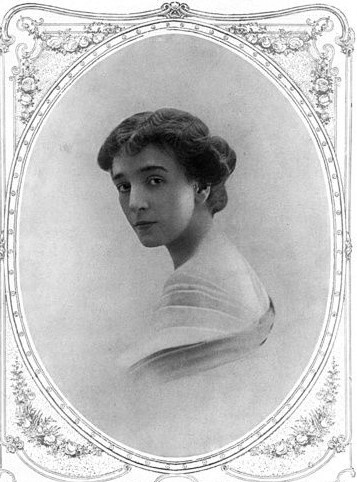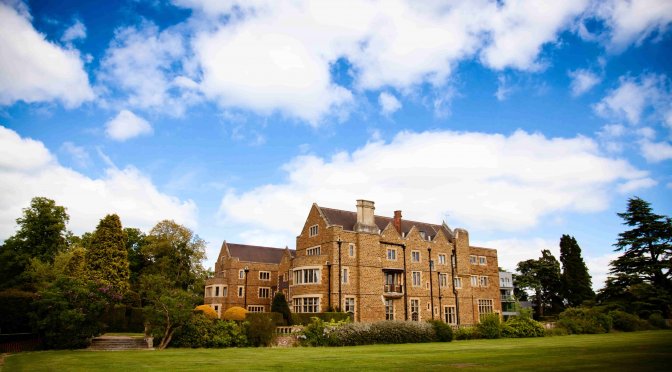Ronnie Tree in the Tropics

By Megan McKinney

Credit: ARCHITECTURE & DESIGN IN BARBADOS
Heron Bay was Ronnie Tree’s Palladian villa in Barbados
In his May 2018 article in Town & Country, contributor David Netto asked, “Is Heron Bay in Barbados the Most Exquisite House in the World?” Ronnie and Marietta Tree shared a history in Barbados, a romantic history. Although they had known each other in New York and been immensely mutually attracted, it was not until January 1946 in Barbados that they could be alone together. It was then that both decided to end their current marriages.
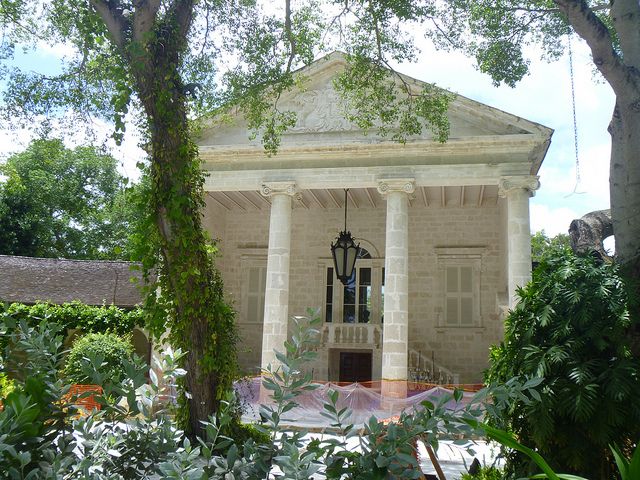
Credit: ARCHITECTURE & DESIGN IN BARBADOS
The entrance front of Heron Bay
As a British citizen, a house in Barbados was a natural desire for Ronnie. The stunning Palladian villa, built in 1947, was designed by Sir Geoffrey Jellicoe, who in reality was a landscape architect and did not visit the site until construction was complete. Heron Bay, therefore, was truly the work of Ronnie Tree, a student of Palladian architecture. The house is on the western side of Barbados, the romantic, dreamy Caribbean side, far away in temperament from the frenetic twentysomething, surfboarding side with the frothing waves of the Atlantic Ocean crashing on rock and/or sand beaches.

Atlantic Ocean waves on the eastern side of Barbados
The delicious, sensual villa Heron Bay was constructed of coral stone in six months during 1947. Although Mereworth, possibly the greatest Palladian house in England, belonged for a time to Ronnie’s half-brother Peter Beatty, who left it to Ronnie’s son Michael, the coral stone of Heron Bay’s construction, combined with its Palladian style, makes this house special and David Netto’s Town & Country question is definitely valid.

Credit: ARCHITECTURE & DESIGN IN BARBADOS
Ronnie and Marietta’s daughter Penelope described Heron Bay as being, “like a submerged house, as though, if a tidal wave were to cover it, it would be at rest again. It is a house out of Atlantis.”

Ronnie’s fondness for Barbados and his determination to assure that the exquisite island-nation have a fine Five Star resort led him to purchase the Sandy Lane sugar plantation on western beachfront acreage. After putting together a syndicate of investors, he opened the Sandy Lane resort in 1961.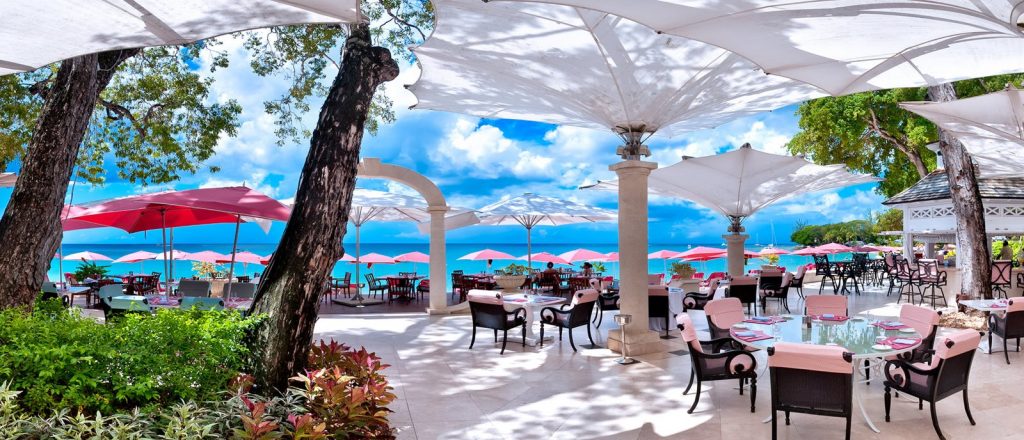
Under Ronnie’s direction, Sandy Lane attracted many of the world’s great visible figures and assembled a collection of celebrity stories, including the time “Aristotle Onassis was rowed ashore from his yacht while Maria Callas breast stroked alongside, a pet marmoset on her back. David Niven dreamed up cocktails at the bar, and Elton John once adhered to the New Year’s Eve black-tie rule by wearing a bow tie as a garter.” In 1998, Sandy Lane was sold and, following a three-year, $450 million restoration, re-emerged more delightful than ever.
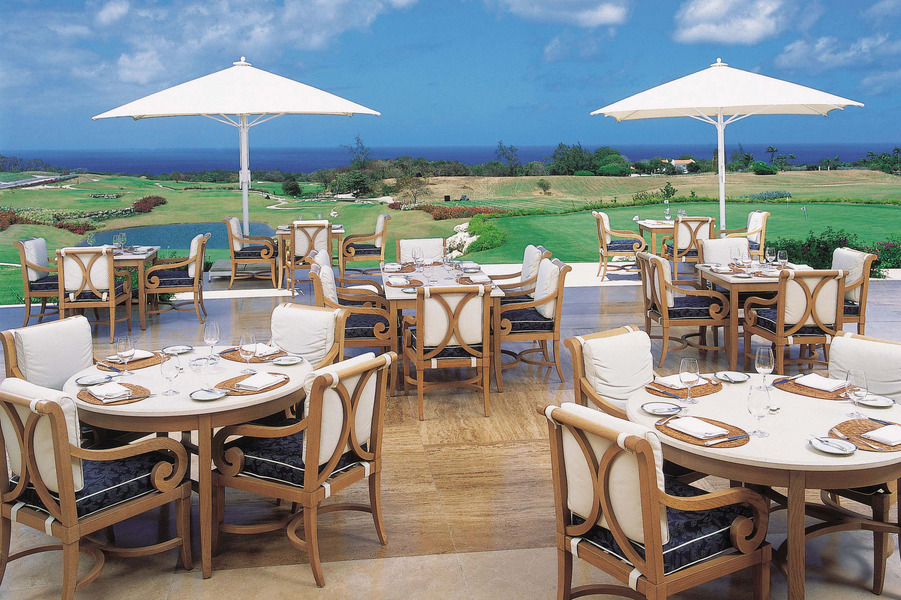
The Sandy Lane Country Club is a favorite with its lunching golfers.
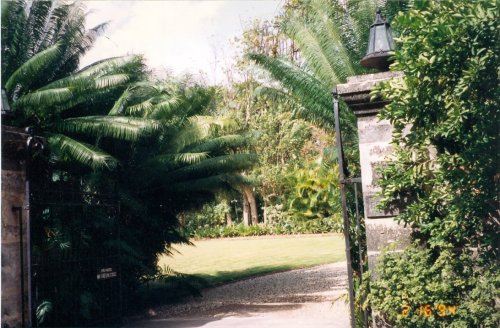
For many years another legendary Barbados house along the western beach was the beloved island residence of the late film star Claudette Colbert. This is the entrance to her property.

A favorite area in Claudette Colbert’s Barbados was her indoor/outdoor dining room.
Join Classic Chicago Publisher Megan McKinney’s Great Chicago Fortunes next for a segment about Ronnie Tree’s first wife, Nancy Lancaster, and her continued association with some the most stunning houses in the English-speaking world.
Edited by Amanda K. O’Brien
Author Photo: Robert F. Carl






